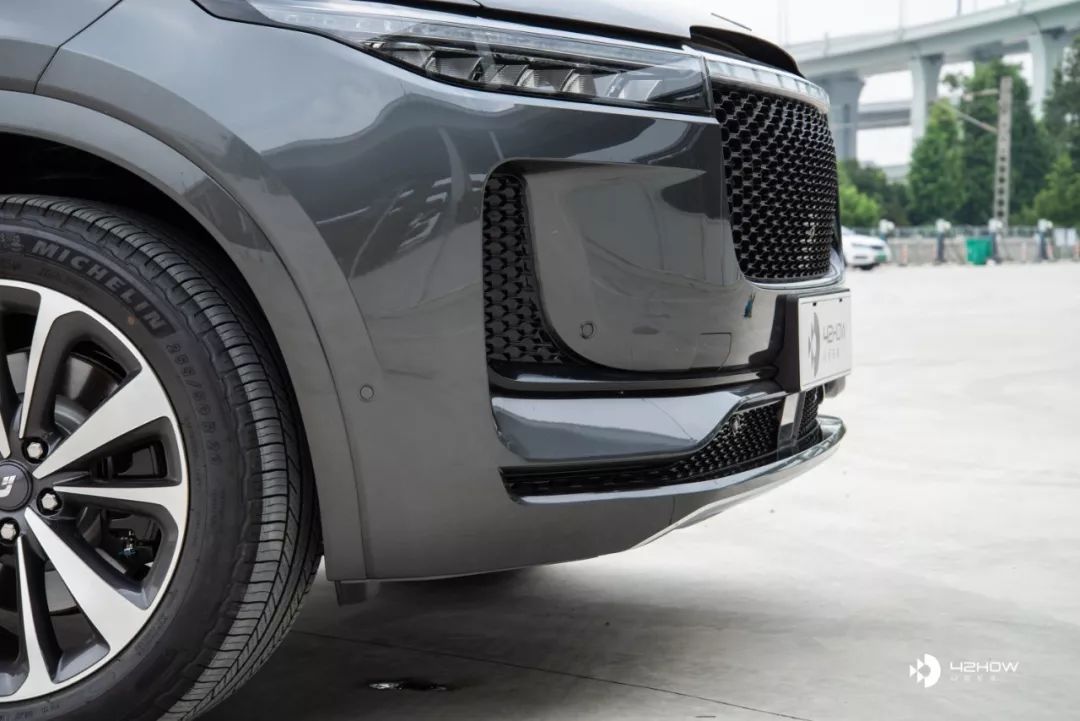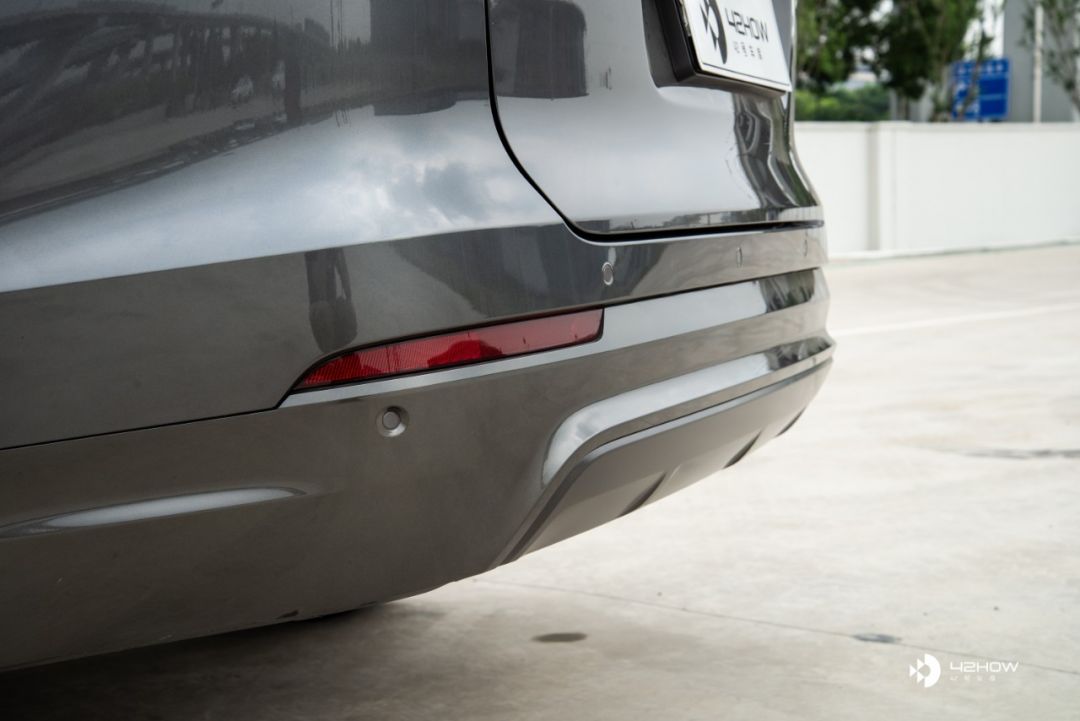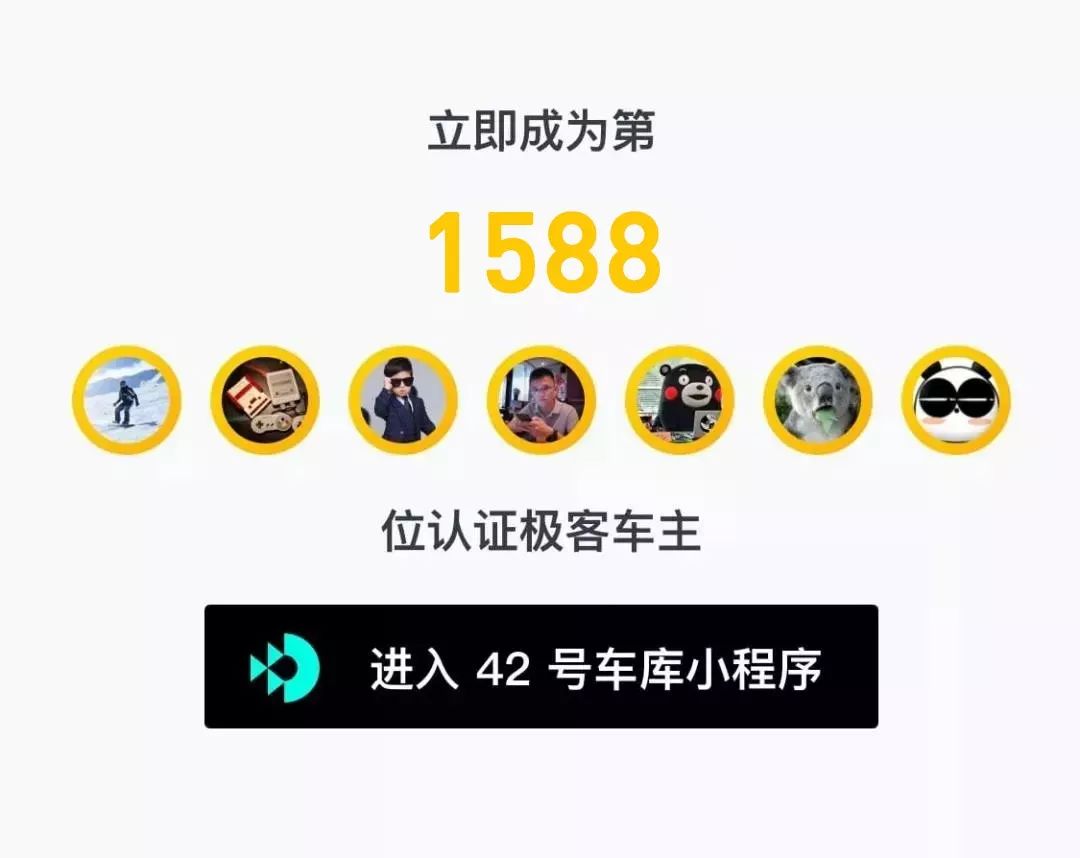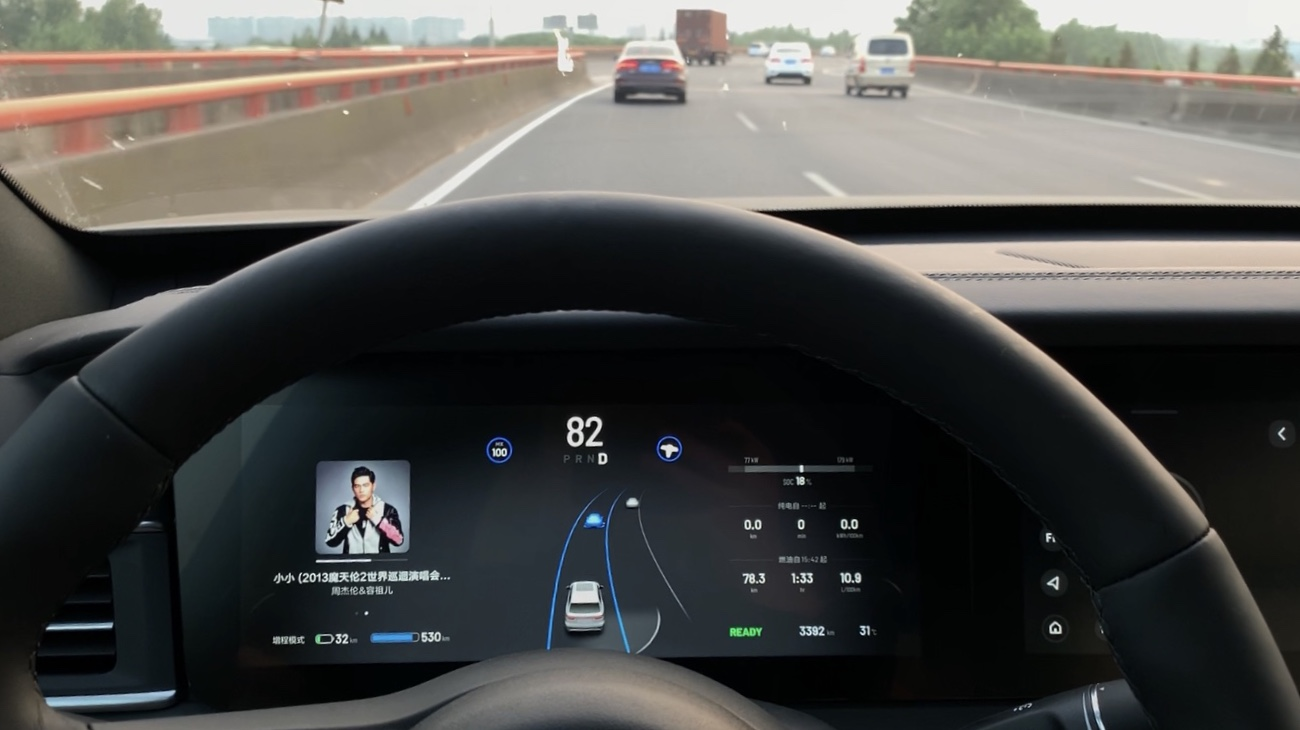Since August 23rd, the first mass-produced car under the brand “LI” – LI ONE has been widely test-driven by the media, among which the user experience evaluation of LI’s automatic driving system varies. In the LI user group on 42HOW, the discussion on LI’s automatic driving system by reserved car owners has always been hot.
Today, we are going to discuss how to look at LI ONE’s automatic driving system.
Hardware
Many people compare the hardware of LI’s automatic driving system with Tesla Autopilot HW1.0 and believe that it is the LI version of Autopilot HW1.0. The reason is that AP 1.0 is “one camera and one radar”, so is LI’s. Even many LI employees’ public speeches are unified that LI’s automatic driving system is a safe and reliable L2 level assisted driving system, and the experience of most functions is similar to Tesla Autopilot.
So what is the configuration of Autopilot HW1.0?
- 1 forward-facing camera
- 1 forward-facing millimeter-wave radar
- 12 ultrasonic sensors
- Mobileye EyeQ3 visual perception processing chip
And LI’s hardware solution is configured as follows:
- 1 forward-facing camera
- 4 surround-view cameras
- 1 forward-facing millimeter-wave radar
- 12 ultrasonic sensors
- Mobileye EyeQ4 visual perception processing chip
It can be seen that LI’s main difference from AP HW 1.0 lies in the addition of 4 surround-view cameras and the upgrade of the visual perception chip. Next, we will explain in detail.
First of all, the 4 surround-view cameras are mainly used for the 360-degree panoramic image and automatic parking functions. Tesla did not add these 4 surround-view cameras due to the purely visual route of AP2.+, so it has not yet launched 360 panoramic images, and the automatic parking function is relatively not so useful.

 ## Ideal’s Competitive Advantages on Localization
## Ideal’s Competitive Advantages on Localization
Ideal and many other Chinese new car companies have made great efforts to research and develop 360 panoramic imaging and automatic parking. In fact, this is a localization requirement derived from the special market environment of compact parking spaces in China, which can be considered as a differentiated advantage of new domestic car companies compared to multinational corporations.
The real difference, I believe, lies in the upgrade from EyeQ3 to EyeQ4.
Ideal’s publicity of the Ideal ADAS system has always been very restrained. Just take a look at their official website, where the four functions of full-speed range adaptive cruise control, automatic emergency braking, fully automatic parking, and lane keeping assist cover the entire ADAS system. More importantly, Ideal executives have almost never introduced too much about the scalability of this system. This reinforces some people’s perception that with the same sensor specifications as Tesla five years ago, this system is just so-so.
The vision perception chip becomes abrupt here: if Ideal’s system stops here, why does Ideal want to use Mobileye’s new generation EyeQ4 chip at a higher cost? Tesla has proved that the EyeQ3 can already produce highly safe and reliable L2 level assisted driving systems.
Below is Mobileye’s EyeQ series chip function table.

It can be seen that the visual processing capability of the EyeQ4 chip can support up to L3 level autonomous driving. Of course, in order to achieve L3 level autonomous driving, there are many other hardware requirements, including redundant support for decision-making and execution mechanisms, etc., which Ideal ONE probably does not have. However, this does not mean that the significance of the EyeQ4 upgrade is gone.
Compared to EyeQ3, EyeQ4 has added support for driving strategies, vehicle omnidirectional detection, upgraded lane detection technology, and collection and fusion of map information. Let’s go through them one by one.
 ## English Markdown Text
## English Markdown Text
The upgrade of driving strategy, vehicle detection, and lane detection technology is actually a technical iteration based on the progress of computing power and computer vision perception technology. Tesla chose EyeQ3 instead of EyeQ4 in 2015 not because EyeQ3’s performance was enough, but because EyeQ3 was the most advanced visual processing chip on the earth at that time. The AP 1.0 driven by EyeQ3 and the ideal advanced driver-assistance system (ADAS) driven by EyeQ4 are both L2, and the difference between them is that the former’s performance has been squeezed to the limit, while the latter’s performance is still abundant.
Another issue is, didn’t Li Xiang say that ONE has a front monocular camera? How come there are two cameras? Li Xiang said ONE has a front dual camera, but only one monocular camera participates in ADAS perception. The other camera is specifically used for road information collection and collection. After these road data are cleaned and desensitized on the vehicle side, they are uploaded back to the cloud for ADAS system algorithm training and optimization.
When enough vehicle driving history trajectories have been collected, they will be drawn into an ADAS map, which provides an extra layer of redundancy when the ADAS subsystem is enabled.
It should be pointed out that the data collection, desensitization, algorithm training, and iteration system here is not the same as the one of the ideal ADAS system driven by EyeQ4. Ideal uses two independent parallel systems to solve the problem of Mobileye closed-box.
Finally, because the panoramic camera is only used for 360 images and automatic parking functions, in daily commuting scenarios, the left rear, right rear, and rear obstacles of ONE depend on ultrasonic radar for perception. The characteristic of ultrasonic radar is reliable performance but a detection distance of only 5-8 meters. This means that when Ideal ONE needs to achieve the lane change assistance (LCA) function, that is, when we say “turn signal lane change,” users need to judge whether the surrounding environment supports lane change.
Software
Like hardware, Ideal’s automatic driving ADAS software system also takes an unconventional approach.
The Ideal ADAS system is developed by Yihang Intelligence, a startup that is dedicated to becoming an autonomous driving Tier 1 supplier. Note that every word in this definition is important.Let’s start with the founding of EVE, which was established in August 2015. In August 2016, Ideal ONE and Mingchi Capital invested in EVE’s angel round. In March 2019, EVE received B+ round investment from a fund under Guangzhou Automobile Group’s capital. It is logical that both the automated driving assistance system of Ideal ONE and the automatic parking system of Guangqi’s new energy Aion LX, which has just been launched, were developed by EVE.
Why choose a start-up company? I think there are several reasons. As a new car maker, Ideal has to invest a lot of human and financial resources, and also bear a high risk, whether it is to independently develop the automatic driving assistance system or cooperate with traditional Tier 1 (such as Bosch). On the other hand, start-up companies’ products, relatively speaking, are unlikely to demand high premiums for profits, which has some positive effects on Ideal’s cost control. Moreover, through investment and equity participation, Ideal has successfully avoided the uncertainty of start-up companies, and established a relationship with EVE that is similar to the Xiaomi and Mi Home ecosystem. If EVE develops its vehicle specifications and productization well, there will be better support for technical communication and product iteration.
This efficient iteration is crucial for start-ups. For example, on August 28th, Ideal released the “Mass production optimization plan of Ideal ONE after PP3”, involving ADAS control logic, warning sound optimization, and road testing training. These optimizations require close cooperation between Ideal’s ADAS team, HMI team, and EVE. If it were a traditional Tier 1 with a firm attitude, it would be difficult for Ideal to obtain technical support in such a short period of time.

Finally, to summarize my views on the Ideal automatic driving assistance system, this system and the temperament of Ideal ONE are highly matched. The official introduction of the system states that it is “safer and more convenient.” Ideal is committed to achieving non-radical functions with relatively advanced hardware, and this “cart-before-horse” strategy is more reasonable in terms of technical implementation difficulties, input-output ratio, and user experience.
Of course, there are trade-offs, which are part of product definition. It’s like how you can’t ask for a baby stroller that is both safe and cool/avant-garde.
 “`markdown
“`markdown



“`
This article is a translation by ChatGPT of a Chinese report from 42HOW. If you have any questions about it, please email bd@42how.com.
